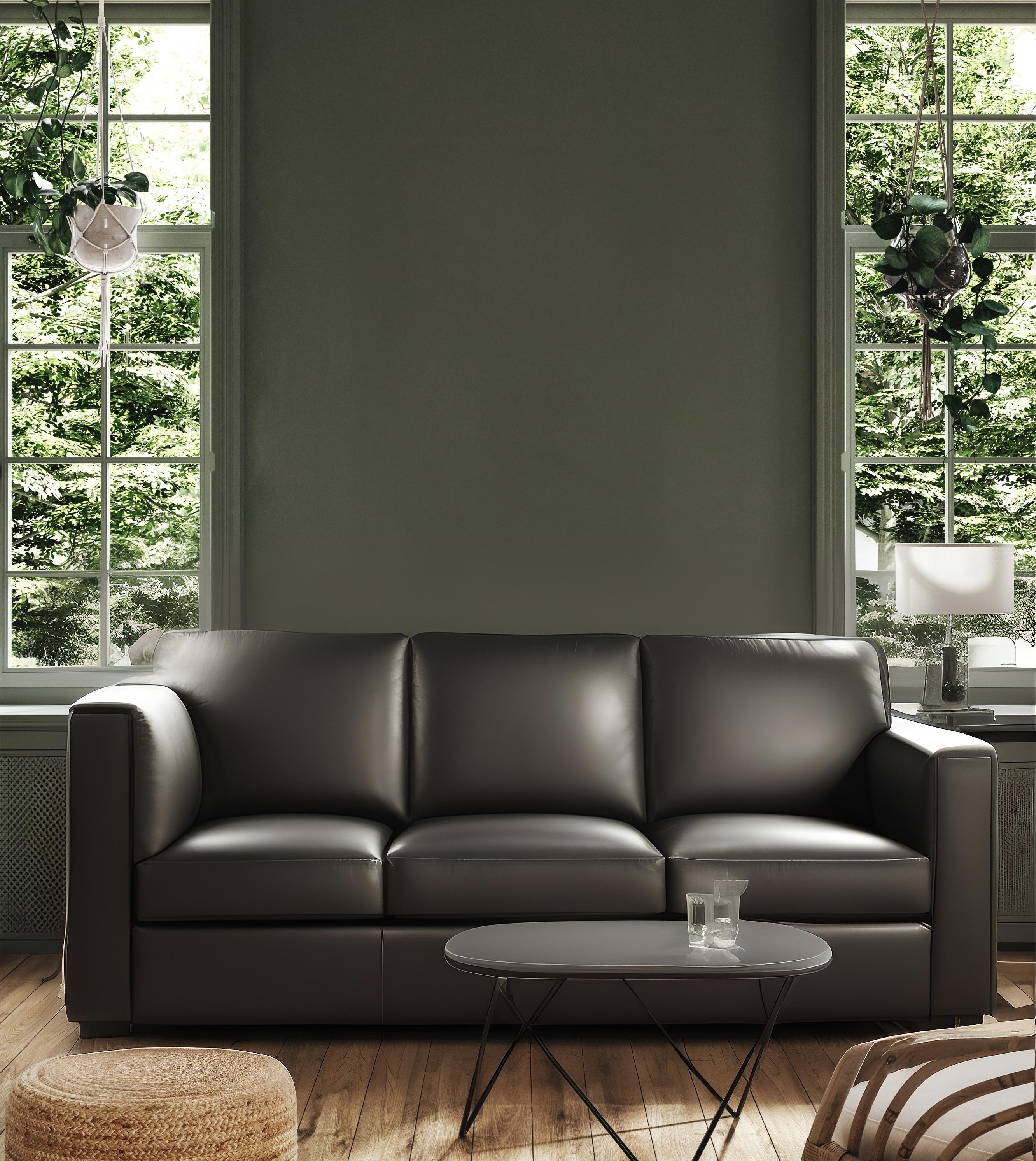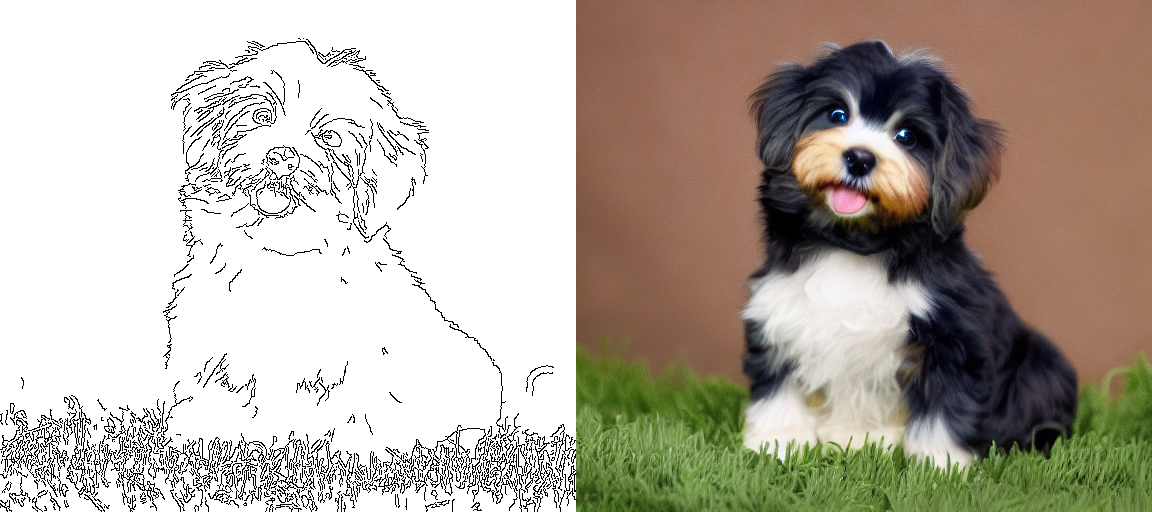controlnet-inpaint-test
Maintainer: anotherjesse

88

| Property | Value |
|---|---|
| Run this model | Run on Replicate |
| API spec | View on Replicate |
| Github link | No Github link provided |
| Paper link | No paper link provided |
Create account to get full access
Model overview
controlnet-inpaint-test is a Stable Diffusion-based AI model created by Replicate user anotherjesse. This model is designed for inpainting tasks, allowing users to generate new content within a specified mask area of an image. It builds upon the capabilities of the ControlNet family of models, which leverage additional control signals to guide the image generation process.
Similar models include controlnet-x-ip-adapter-realistic-vision-v5, multi-control, multi-controlnet-x-consistency-decoder-x-realestic-vision-v5, controlnet-x-majic-mix-realistic-x-ip-adapter, and controlnet-1.1-x-realistic-vision-v2.0, all of which explore various aspects of the ControlNet architecture and its applications.
Model inputs and outputs
controlnet-inpaint-test takes a set of inputs to guide the image generation process, including a mask, prompt, control image, and various hyperparameters. The model then outputs one or more images that match the provided prompt and control signals.
Inputs
- Mask: The area of the image to be inpainted.
- Prompt: The text description of the desired output image.
- Control Image: An optional image to guide the generation process.
- Seed: A random seed value to control the output.
- Width/Height: The dimensions of the output image.
- Num Outputs: The number of images to generate.
- Scheduler: The denoising scheduler to use.
- Guidance Scale: The scale for classifier-free guidance.
- Num Inference Steps: The number of denoising steps.
- Disable Safety Check: An option to disable the safety check.
Outputs
- Output Images: One or more generated images that match the provided prompt and control signals.
Capabilities
controlnet-inpaint-test demonstrates the ability to generate new content within a specified mask area of an image, while maintaining coherence with the surrounding context. This can be useful for tasks such as object removal, scene editing, and image repair.
What can I use it for?
The controlnet-inpaint-test model can be utilized for a variety of image editing and manipulation tasks. For example, you could use it to remove unwanted elements from a photograph, replace damaged or occluded areas of an image, or combine different visual elements into a single cohesive scene. Additionally, the model's ability to generate new content based on a prompt and control image could be leveraged for creative projects, such as concept art or product visualization.
Things to try
One interesting aspect of controlnet-inpaint-test is its ability to blend the generated content seamlessly with the surrounding image. By carefully selecting the control image and mask, you can explore ways to create visually striking and plausible compositions. Additionally, experimenting with different prompts and hyperparameters can yield a wide range of creative outputs, from photorealistic to more fantastical imagery.
This summary was produced with help from an AI and may contain inaccuracies - check out the links to read the original source documents!
Related Models

multi-control

60
The multi-control model is an AI system that builds upon the Diffusers ControlNet, a powerful tool for generating images with fine-grained control. Developed by the maintainer anotherjesse, this model incorporates various ControlNet modules, allowing users to leverage multiple control inputs for their image generation tasks. The multi-control model is similar to other ControlNet-based models like img2paint_controlnet, qr_code_controlnet, and multi-controlnet-x-consistency-decoder-x-realestic-vision-v5, which also explore the versatility of ControlNet technology. Model inputs and outputs The multi-control model accepts a wide range of inputs, including prompts, control images, and various settings to fine-tune the generation process. Users can provide control images for different ControlNet modules, such as Canny, Depth, Normal, and more. The model then generates one or more output images based on the provided inputs. Inputs Prompt**: The text prompt that describes the desired image. Control Images**: A set of control images that provide guidance to the model, such as Canny, Depth, Normal, and others. Guidance Scale**: A parameter that controls the strength of the guidance from the control images. Number of Outputs**: The number of images to generate. Seed**: A seed value for the random number generator, allowing for reproducible results. Scheduler**: The algorithm used for the denoising diffusion process. Disable Safety Check**: An option to disable the safety check, which can be useful for advanced users but should be used with caution. Outputs Generated Images**: The output images generated by the model based on the provided inputs. Capabilities The multi-control model excels at generating visually striking and detailed images by leveraging multiple control inputs. It can be particularly useful for tasks that require precise control over the image generation process, such as product visualizations, architectural designs, or even scientific visualizations. The model's ability to combine various ControlNet modules allows users to fine-tune the generated images to their specific needs, making it a versatile tool for a wide range of applications. What can I use it for? The multi-control model can be used for a variety of applications, such as: Product Visualization**: Generate high-quality images of products with precise control over the details, lighting, and composition. Architectural Design**: Create realistic renderings of buildings, structures, or interior spaces with the help of control inputs like depth, normal maps, and segmentation. Scientific Visualization**: Visualize complex data or simulations with the ability to incorporate control inputs like edges, depth, and surface normals. Art and Design**: Explore creative image generation by combining multiple control inputs to achieve unique and visually striking results. Things to try One interesting aspect of the multi-control model is its ability to handle multiple control inputs simultaneously. Users can experiment with different combinations of control images, such as using Canny edge detection for outlining the structure, Depth for adding volume and perspective, and Normal maps for capturing surface details. This level of fine-tuning can lead to highly customized and compelling image outputs, making the multi-control model a valuable tool for a wide range of creative and technical applications.
Updated Invalid Date

controlnet_2-1

14
controlnet_2-1 is an updated version of the ControlNet AI model, which was developed by Replicate contributor rossjillian. The controlnet_2-1 model builds upon the capabilities of the previous ControlNet 1.1 model, offering enhanced performance and additional features. Similar models like ControlNet-v1-1, controlnet-v1-1-multi, and controlnet-1.1-x-realistic-vision-v2.0 demonstrate the ongoing advancements in this field. Model inputs and outputs The controlnet_2-1 model takes a range of inputs, including an image, a prompt, a seed, and various control parameters like scale, steps, and threshold values. The model then generates an output image based on these inputs. Inputs Image**: The input image to be used as a reference or starting point for the generated output. Prompt**: The text prompt that describes the desired output image. Seed**: A numerical value used to initialize the random number generator, allowing for reproducible results. Scale**: The strength of the classifier-free guidance, which controls the balance between the prompt and the input image. Steps**: The number of denoising steps performed during the image generation process. A Prompt**: Additional text to be appended to the main prompt. N Prompt**: A negative prompt that specifies features to be avoided in the generated image. Structure**: The structure or composition of the input image to be used as a control signal. Number of Samples**: The number of output images to be generated. Low Threshold**: The lower threshold for edge detection when using the Canny control signal. High Threshold**: The upper threshold for edge detection when using the Canny control signal. Image Resolution**: The resolution of the output image. Outputs The generated image(s) based on the provided inputs. Capabilities The controlnet_2-1 model is capable of generating high-quality images that adhere to the provided prompts and control signals. By incorporating additional control signals, such as structured information or edge detection, the model can produce more accurate and consistent outputs that align with the user's intent. What can I use it for? The controlnet_2-1 model can be a valuable tool for a wide range of applications, including creative content creation, visual design, and image editing. With its ability to generate images based on specific prompts and control signals, the model can be used to create custom illustrations, concept art, and product visualizations. Things to try Experiment with different combinations of input parameters, such as varying the prompt, seed, scale, and control signals, to see how they affect the generated output. Additionally, try using the model to refine or enhance existing images by providing them as the input and adjusting the other parameters accordingly.
Updated Invalid Date

test

3
The test model is an image inpainting AI, which means it can fill in missing or damaged parts of an image based on the surrounding context. This is similar to other inpainting models like controlnet-inpaint-test, realisitic-vision-v3-inpainting, ad-inpaint, inpainting-xl, and xmem-propainter-inpainting. These models can be used to remove unwanted elements from images or fill in missing parts to create a more complete and cohesive image. Model inputs and outputs The test model takes in an image, a mask for the area to be inpainted, and a text prompt to guide the inpainting process. It outputs one or more inpainted images based on the input. Inputs Image**: The image which will be inpainted. Parts of the image will be masked out with the mask_image and repainted according to the prompt. Mask Image**: A black and white image to use as a mask for inpainting over the image provided. White pixels in the mask will be repainted, while black pixels will be preserved. Prompt**: The text prompt to guide the image generation. You can use ++ to emphasize and -- to de-emphasize parts of the sentence. Negative Prompt**: Specify things you don't want to see in the output. Num Outputs**: The number of images to output. Higher numbers may cause out-of-memory errors. Guidance Scale**: The scale for classifier-free guidance, which affects the strength of the text prompt. Num Inference Steps**: The number of denoising steps. More steps usually lead to higher quality but slower inference. Seed**: The random seed. Leave blank to randomize. Preview Input Image**: Include the input image with the mask overlay in the output. Outputs An array of one or more inpainted images. Capabilities The test model can be used to remove unwanted elements from images or fill in missing parts based on the surrounding context and a text prompt. This can be useful for tasks like object removal, background replacement, image restoration, and creative image generation. What can I use it for? You can use the test model to enhance or modify existing images in all kinds of creative ways. For example, you could remove unwanted distractions from a photo, replace a boring background with a more interesting one, or add fantastical elements to an image based on a creative prompt. The model's inpainting capabilities make it a versatile tool for digital artists, photographers, and anyone looking to get creative with their images. Things to try Try experimenting with different prompts and mask patterns to see how the model responds. You can also try varying the guidance scale and number of inference steps to find the right balance of speed and quality. Additionally, you could try using the preview_input_image option to see how the model is interpreting the mask and input image.
Updated Invalid Date

controlnet

59
The controlnet model, created by Replicate user jagilley, is a neural network that allows users to modify images using various control conditions, such as edge detection, depth maps, and semantic segmentation. It builds upon the Stable Diffusion text-to-image model, allowing for more precise control over the generated output. The model is designed to be efficient and friendly for fine-tuning, with the ability to preserve the original model's performance while learning new conditions. controlnet can be used alongside similar models like controlnet-scribble, controlnet-normal, controlnet_2-1, and controlnet-inpaint-test to create a wide range of image manipulation capabilities. Model inputs and outputs The controlnet model takes in an input image and a prompt, and generates a modified image that combines the input image's structure with the desired prompt. The model can use various control conditions, such as edge detection, depth maps, and semantic segmentation, to guide the image generation process. Inputs Image**: The input image to be modified. Prompt**: The text prompt describing the desired output image. Model Type**: The type of control condition to use, such as canny edge detection, MLSD line detection, or semantic segmentation. Num Samples**: The number of output images to generate. Image Resolution**: The resolution of the generated output image. Detector Resolution**: The resolution at which the control condition is detected. Various threshold and parameter settings**: Depending on the selected model type, additional parameters may be available to fine-tune the control condition. Outputs Array of generated images**: The modified images that combine the input image's structure with the desired prompt. Capabilities The controlnet model allows users to precisely control the image generation process by incorporating various control conditions. This can be particularly useful for tasks like image editing, artistic creation, and product visualization. For example, you can use the canny edge detection model to generate images that preserve the structure of the input image, or the depth map model to create images with a specific depth perception. What can I use it for? The controlnet model is a versatile tool that can be used for a variety of applications. Some potential use cases include: Image editing**: Use the model to modify existing images by applying various control conditions, such as edge detection or semantic segmentation. Artistic creation**: Leverage the model's control capabilities to create unique and expressive art, combining the input image's structure with desired prompts. Product visualization**: Use the depth map or normal map models to generate realistic product visualizations, helping designers and marketers showcase their products. Scene generation**: The semantic segmentation model can be used to generate images of complex scenes, such as indoor environments or landscapes, by providing a high-level description. Things to try One interesting aspect of the controlnet model is its ability to preserve the structure of the input image while applying the desired control condition. This can be particularly useful for tasks like image inpainting, where you want to modify part of an image while maintaining the overall composition. Another interesting feature is the model's efficiency and ease of fine-tuning. By using the "zero convolution" technique, the model can be trained on small datasets without disrupting the original Stable Diffusion model's performance. This makes the controlnet model a versatile tool for a wide range of image manipulation tasks.
Updated Invalid Date